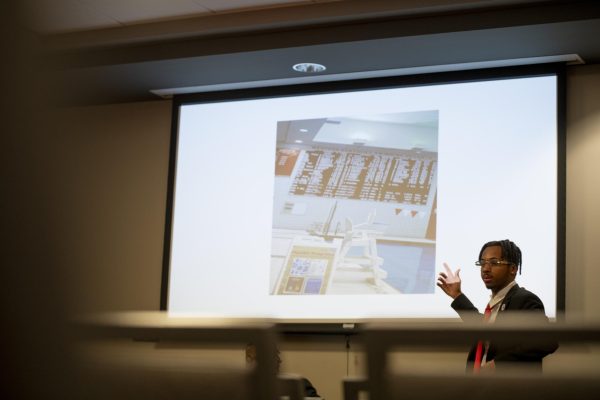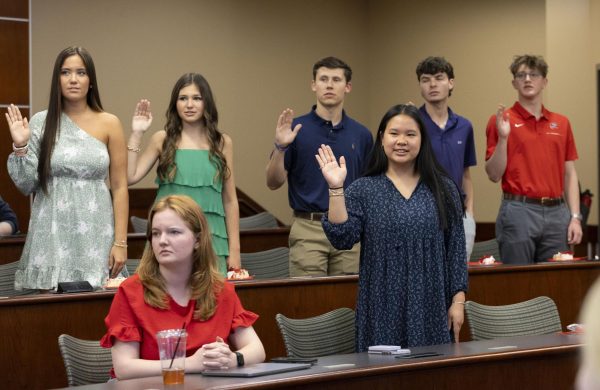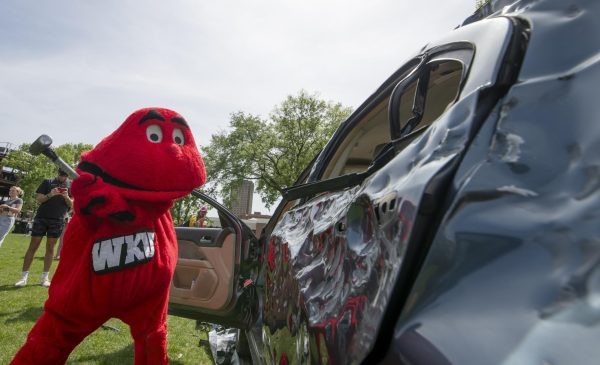Western proves to be invaluable asset to city
September 12, 2002
No wonder the Bowling Green City Commission was so eager to do Western a favor last semester and float a $32.5 million bond issue to renovate Diddle Arena.
Western’s value to the city dwarfs that amount in a single year.
Western students, staff and faculty will pour more than $120 million into the city’s economy in 2002, according to economics professor Bill Davis.
Davis said the $120 million is a significant increase from the $118.5 million Western students and personnel pumped into the local economy two years ago.
Then, students spent $77 million off campus for food, housing and other items, while faculty and staff spent more than $41.4 million.
“The figures would be somewhat larger just because of inflation and the significant increase in enrollment,” Davis said, accounting for some of the difference.
But it still means Western students wield clout with local businesses.
“They have a tremendous impact on all different sectors of businesses that belong to the chamber,” said Margaret Grissom, president of the Bowling Green Area Chamber of Commerce.
The students’ return at the end of each summer means the return of thousands customers to Bowling Green restaurants and stores.
More customers translates to more jobs, and that means more revenue for city government from Bowling Green’s 1.5 percent occupational withholding tax.
And many of those tax-paying employees are Western students.
“If anyone could compile the payroll that’s out there for Western students, that times one-and-a-half percent is what it means to us,” said Bowling Green Chief Financial Officer Davis Cooper.
“About 62 cents out of every dollar we take in comes from the occupational tax. So, it’s definitely the life-blood of the city.”
Bowling Green’s occupational tax accounted for about $21 million in city revenue last fiscal year, Cooper said.
The big payoff for city government comes in the low cost of providing basic city services to Western’s 200-acre campus, its more than 10,000 undergraduates and more than 1,600 full-time employees.
“It does increase our burden somewhat, but I would not call it a major increase,” said Bowling Green Fire Chief Gerry Brown.
But that’s not the situation among all city departments.
“Electric consumption jumps 25 percent in September due to the return of students and the beginning of classes,” said Bowling Green Municipal Utilities Marketing Manager Mark Shults.
Western is BGMU’s biggest customer, using 1 million gallons of water a day and more than 61 million kilowatt hours of electricity a year when classes are in session.
Western pays BGMU in excess of $3.33 million a year for electricity and more than $25,000 a month for water, said Charlie Wolfram, Western’s Facilities Manager.
BEGITALReach Dave Shinall at [email protected].

























